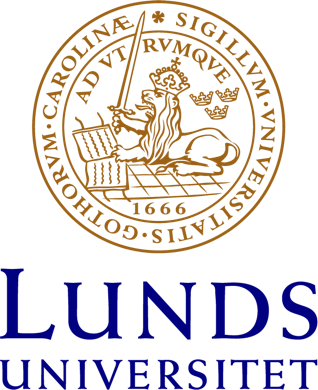Epistemological Prolegomena to the Cognitive Semiotics of Evolution and Development
Göran Sonesson
Background: This is a preliminary version of a lecture I am going to give in China at the end of November, more precisely, in Sushou, and it might also be one of the two lectures I am going to give in Chengdu.
Abstract: Classical semiotics has developed a number of constructs for exploring the similarities and differences between sundry semiotic resources, such as language, gesture, and pictures. Although the semiotic tradition, going back at least to Greek antiquity, is very rich, it has in recent decades been seen as lacking adequate tools to take the empirical turn. It has not created reliable empirical methods for the study of semiotic resources, nor has it extended the study to the diachronic axis. On the other hand, few other traditions feature the sophisticated theoretical constructs of semiotics. This is the reason for creating cognitive semiotics, which brings the methods, findings and theories of contemporary cognitive science and semiotics together, and uses them to design experimental situations elucidating the nature of semiotic resources. Here will be intrested in the extension of semiotics to diachrony, which, in this case means, notably, evolution and development. In the study of evolution, it is possible to adopt the idea, formulated by many different scholars within evolutionary theory, that Darwin’s evolutionary factors are applicable to cultural evolution, just as well as to natural evolution. But there is a catch: as human actions produce their historical sedimentations, in the shape of different forms as memory, these factors always antecedent meanings created by earlier human acts. This is also why, contrary to purely biological evolution, cultural evolution has a direction. When applied to child development, this conception is not so next, because it has been anticipated by Vygotsky and his followers, but it can still be given a more specific sense.
